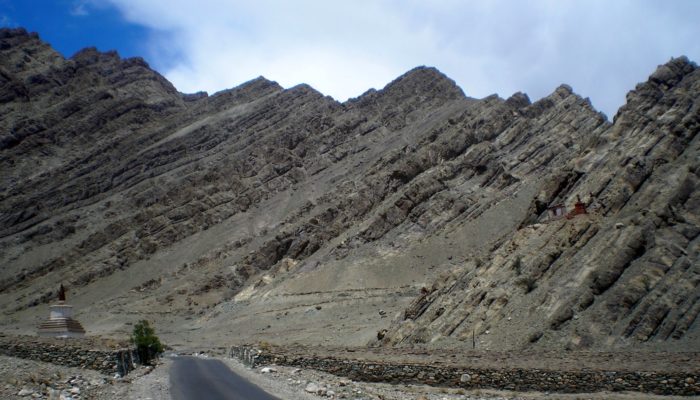Foreland Basin Systems, by DeCelles and Giles (1996), expands the concept of foreland basin into the more comprehensive and integrative concept of foreland basin systems. Foreland basin systems can be defined, as per this TS must-read paper, as compressional regions where various tectonic forces lead to flexural responses of a variable wavelength, which may in turn lead to up to four areas with po ...[Read More]
TS Must-Read – Riba (1976) Syntectonic unconformities of the Alto Cardener, Spanish Pyrenees: a genetic interpretation
In 1976 Oriol Riba published his paper on “Syntectonic unconformities of the Alto Cardener, Spanish Pyrenees: a genetic interpretation”, and despite appearing as a niche topic at first glance, it was voted as one of the papers in our Must-Read series. A major reason for that is that the paper presents a general model for syntectonic unconformities – an unconformity which illustrates both se ...[Read More]
Features from the Field: Angular Unconformities

An angular unconformity is an erosional surface that truncates older, tilted sedimentary layers and that is overlain by younger layers, oriented parallel to the unconformity. The discovery and interpretation of angular unconformities, like the famous Hutton’s unconformity at Siccar Point, Scotland, marked a paradigm shift in the geological theories of the 18th century. At that time, the theo ...[Read More]
Features from the field: Bedding/Stratification

Bedding (also called stratification) is one of the most prominent features of sedimentary rocks, which are usually made up of ‘piles’ of layers (called ‘strata‘) of sediments deposited one on top of another. Every stratum is characterized by its own lithology (composition), sedimentary structures, grain size and fossil content that make it unique and different from the stra ...[Read More]

